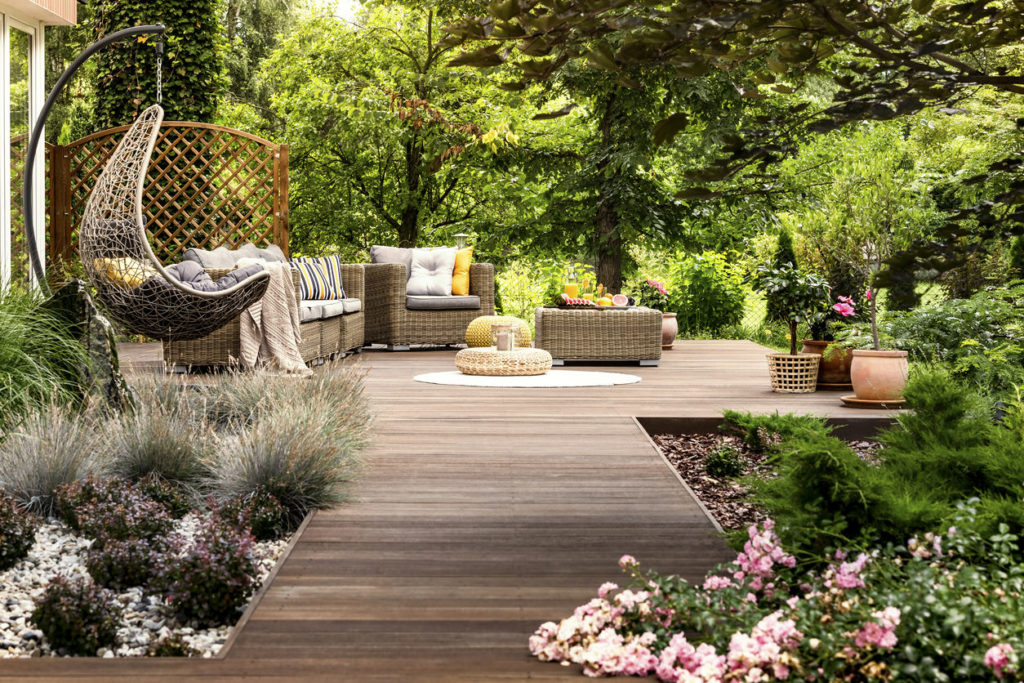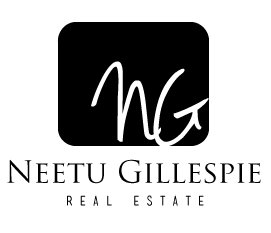
Living Back to Nature
‘Back to Nature’ is a strong trend in all aspects of our modern times and it clearly shows in home architecture and design. A house in the suburbs is a hot commodity on the real estate markets nowadays because it offers more opportunities to enjoy open spaces and natural environments, without compromising on modern amenities. More and more homeowners tend to introduce original seamless indoor-outdoor transition options in search of a closer connection with nature.
Old or new, every house, with even a small plot of land, provides various interior-exterior connection opportunities. Building a transitional space between the outside and inside of the house may seem a professional designer-only job, yet there are a few tricks that can be easily implemented to achieve a beautiful and functional seamless indoor-outdoor transition.
If you find yourself less than motivated to be in your outdoor space or it’s not screaming impromptu BBQs or intimate dinner parties with family and friends, think about improving or adding a patio, porch, or deck. By using the most basic architectural devices—columns, rafters, walls, and floor planes—these indoor-outdoor buffer zones can be designed to feel every bit a part of the architecture. From the tightly controlled, like an enclosed courtyard to the minimal, like a deck covered by a pergola or canvas sails, there are a multitude of approaches to designing transition spaces that successfully unite inside and out.
Once the inside-outside borders have been eliminated, there are a few design tricks you can use in order to produce a seamless transition between spaces.
One of them is to repeat or echo interior design elements in the exterior and vice versa. This will create the same mood, feeling and ambiance on both sides of the ‘border’ and will eventually create one whole continuous comfortable and cozy place instead of two separate ones. The same wall cladding, continuous or matching flooring, furniture of the same or matching design—these are but a few of the design elements which can be shared between both spaces.
In addition, the inside-outside design transition can be successfully and beautifully achieved through introducing decorative elements common for both inside and outside areas, such as vases with fresh flowers from the garden, same or matching style coffee tables and chairs, plush puffs, throw pillows, carpets and rugs and draperies of matching patterns and colors.
In addition to making it a more welcoming spot to enjoy family and friends in, transforming an outdoor space into an extension of your home is a great way to also add to your home’s resale value.
Summer Inspiration for Your Home
The invigorating brightness and sun-kissed opulence of summer is here. If you’re looking at the knitwear-throw draped over the back of your couch and thinking how less and less likely it is to be unfolded with each passing day, it may be time to brighten the place up a bit with a summer overhaul.
You needn’t spend a fortune to make a significant difference, using these ideas:
- Lighten the overall look and feel to something more airy and breezy. One of the easiest ways to do this is by adding pops of color and swapping in graphic paintings, fresh flowers or vibrant dishes for the fastest possible makeover.
- Restyle your tablescapes by peppering your coffee tables and bedside nooks with natural decor, like a bouquet of garden roses or beach-combing treasures.
- Replace dark wood accessories with white or light wood ones, which invites more light into a room.
- Take down those heavy drapes and hang some gauzy panels. It provides an airy look and also lets more light in.
- An easy summer refresh may have you wanting to book a staycation this year!
Seller’s Side: Insurance-Friendly Features Can Help Sell Your Home
In some cases, insurance risks can drive up the overall cost of a home. Features such as pools or outdated or damaged roofs can result in higher premiums. Since many lenders roll home insurance premiums into monthly mortgage payments, that can be a stumbling block for some buyers. Conversely, some home features can save buyers in the long run because they can result in lower home insurance premiums. Learning about such savings could be just what a hesitant buyer needs to hear. If your home has these features, be sure potential buyers understand the beneficial impact they can have on lowering insurance costs:
Location isn’t just important to your buyer, it’s also important to insurance carriers. How close is the home to a fire department? How far away is it from a risky flood plain? These are a few things you’ll want to point out to a buyer because they will lower the cost of insurance.
Security systems are an added bonus in any home because they make the home a safer environment. Items such as burglar alarms, deadbolt locks and smoke alarms can lessen the likelihood that your home and family will suffer a damaging claim. Another plus? These security items can earn discounts of up to 10% or more on home insurance.
Green homes aren’t just earth-friendly, they also can be insurance friendly. Some insurance providers offer discounts for LEED-certified homes because they are considered to be safer and more sustainable than traditional homes. Qualities such as sturdy aluminum or steel roofs and low-flow plumbing considered during the quote process, again because they lower the risk of hail, wind, and water damage. It’s not bad to point out that while your buyer is reducing his or her carbon footprint, he or she also could qualify for lower home insurance premiums.

